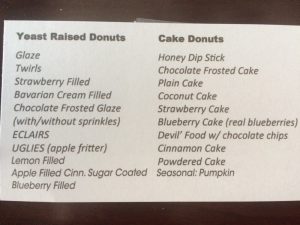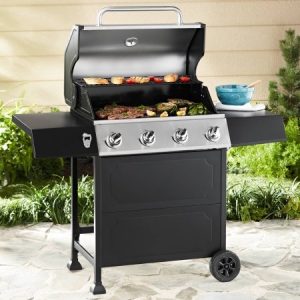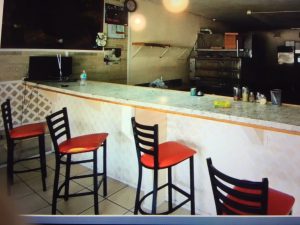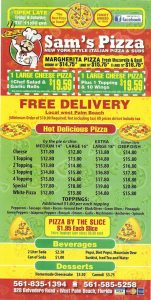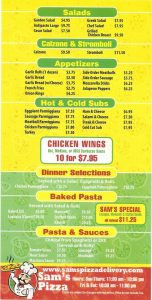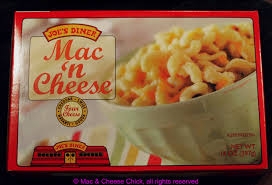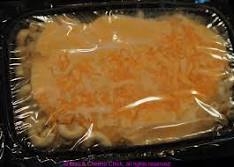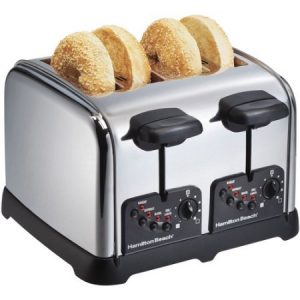
* CSNsongs Celebrating The Music Of Crosby, Stills, Nash & Young.
At first glance at this Showtime Ad- you tell me, who’s coming to the Lauderhill Performance Arts Center in Lauderhill, Florida on January 10, 2018!
WRONG!
That said, when national touring tribute band CSNsongs takes to the stage- squint your eyes and you’ll swear that the legendary 60s-70s folk/rock band-Crosby, Stills, Nash & Young is playing right in front of you!
Don’t miss this show!
The Skinny:
Celebrating The Music Of Crosby, Stills, Nash & Young
Wednesday, January 10th, 2018 (7:30pm)
Lauderhill Performing Arts Center, 3800 Northwest 11th Place, Lauderhill, Florida 33311
Box Office: (954) 777-2055
Online Tickets: lpacfl.com
For you guys not familiar with the Lauderhill Performing Arts Center, it opened on January 4, 2016 and is an absolutely gorgeous 47,585 square foot theater/center. There is complimentary parking galore and everyone of its 1,143 theater seats work!
from lpacfl.com

It’s a Woodstock revival when CSNsongs takes the stage! Taking audiences back to a time in history that will never be forgotten, the band reproduces fan favorites of Crosby, Stills, Nash & Young’s musical compositions, live and in concert.
CSNsongs is a nationally touring band with seven talented musicians, who are as much fans of the era as they are artists of the music. All of the members share the excitement and musical wealth of growing up in the ‘60s and ‘70s with the heavy influence of the finest folk/rock group of all time. All of Crosby, Stills, Nash & Young’s musical compositions are highly respected by CSNsongs and reproduced live as closely as possible to how they were originally written, recorded and performed throughout “Crosby Stills Nash & Young’s” musical legacy.
Upcoming Florida Tour Schedule:
Jan 10, 2018
PAC
3800 Northwest 11th Place, Lauderhill, FL 33311
Jan 11, 2018
Venice Community Center
326 Nokomis Ave S, Venice, FL 34285
Jan 13, 2018
St Petersburg- The Palladium Theater
253 Fifth Ave. N, St. Petersburg, FL 33701
727-822-3590
Jan 14, 2018
Port Charlotte- The Cultural Center of Charlotte County
2280 Aaron Street, Port Charlotte, FL 33952
Feb 08, 2018
The Villages
1070 CANAL STREET, THE VILLAGES, FL, 32162
(352) 750-5411
Feb 09, 2018
Seven Lakes, Florida
1965 Seven Lakes Blvd Fort Myers, FL 33907
Feb 10, 2018
Summer Crush Vineyard / Un-Plugged CSNsongs Concert
4200 Johnston Rd, Fort Pierce, FL 34951
Feb 24, 2018
Flower Power Cruise
February 24th thru 27th, 2018
FT, Lauderdale, Florida * Oranjestad * Aruba









